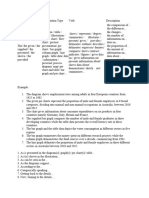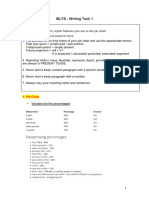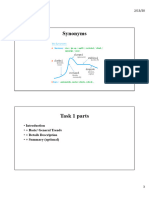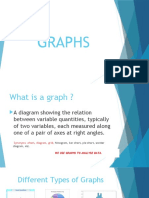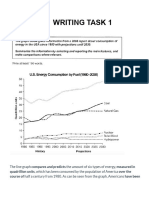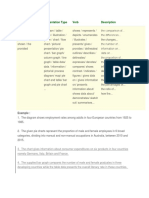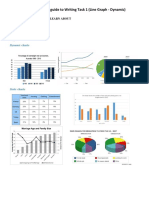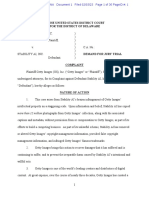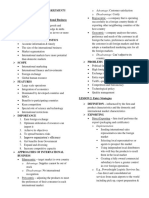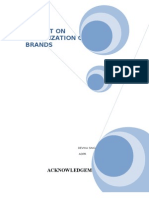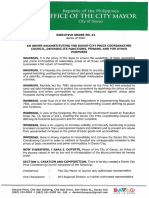0% found this document useful (0 votes)
24 views14 pagesHow To Describe A Graph Chart
The document provides a guide on how to effectively describe a graph, emphasizing three key steps: introducing the graph, giving an overview of the trends, and detailing specific data. It also includes examples of how to describe exports and pollution sources using appropriate vocabulary and structure. Additionally, it offers vocabulary for pie charts and comparisons to enhance clarity in descriptions.
Uploaded by
mahather360pCopyright
© © All Rights Reserved
We take content rights seriously. If you suspect this is your content, claim it here.
Available Formats
Download as PDF, TXT or read online on Scribd
0% found this document useful (0 votes)
24 views14 pagesHow To Describe A Graph Chart
The document provides a guide on how to effectively describe a graph, emphasizing three key steps: introducing the graph, giving an overview of the trends, and detailing specific data. It also includes examples of how to describe exports and pollution sources using appropriate vocabulary and structure. Additionally, it offers vocabulary for pie charts and comparisons to enhance clarity in descriptions.
Uploaded by
mahather360pCopyright
© © All Rights Reserved
We take content rights seriously. If you suspect this is your content, claim it here.
Available Formats
Download as PDF, TXT or read online on Scribd
/ 14





